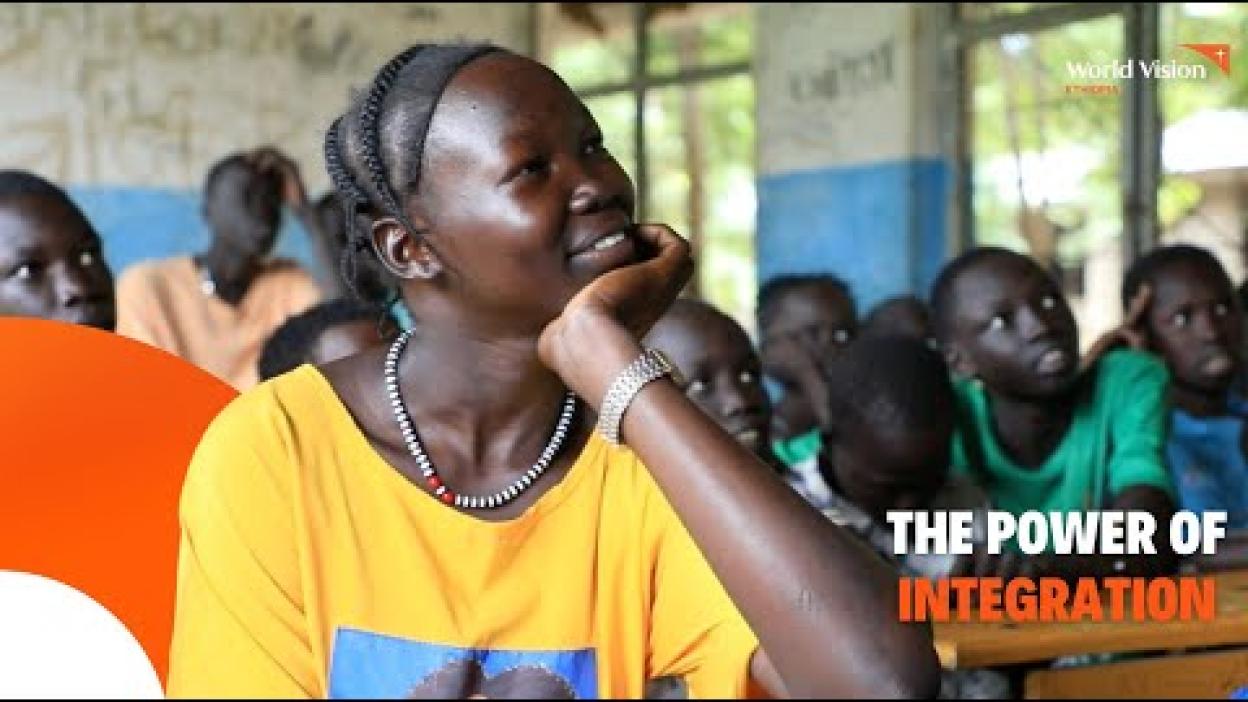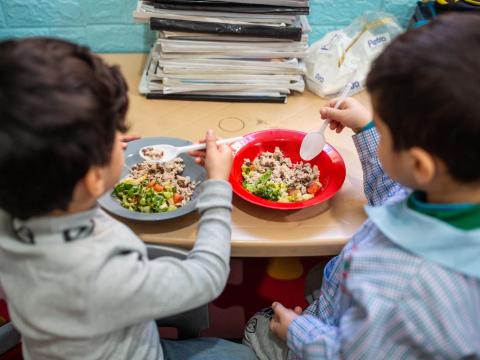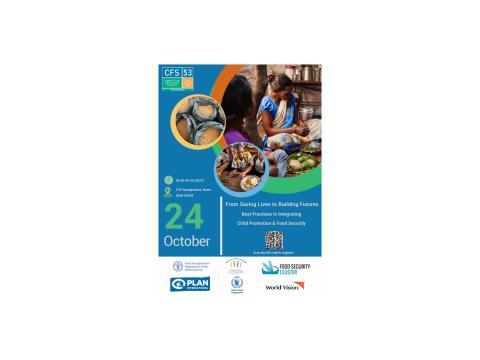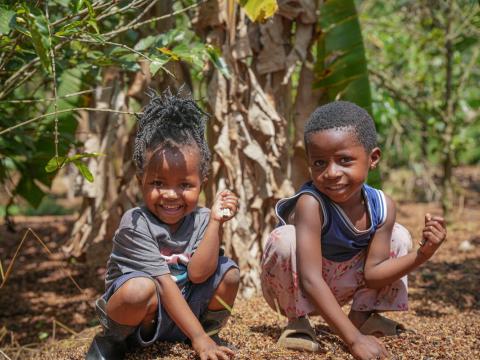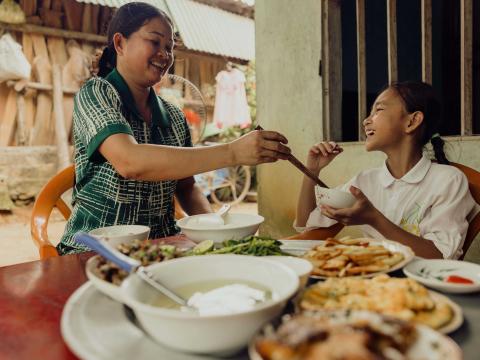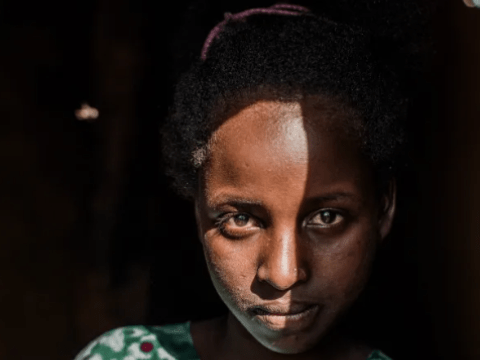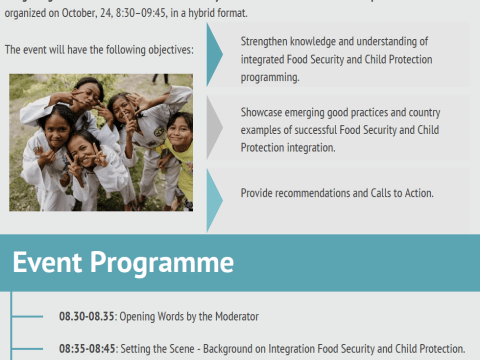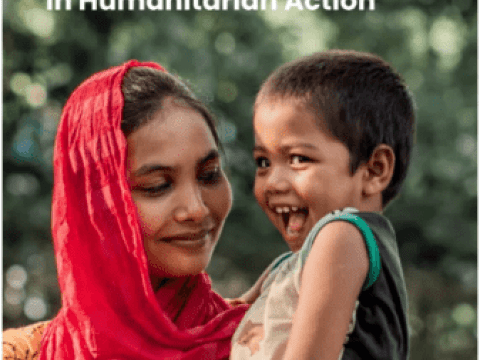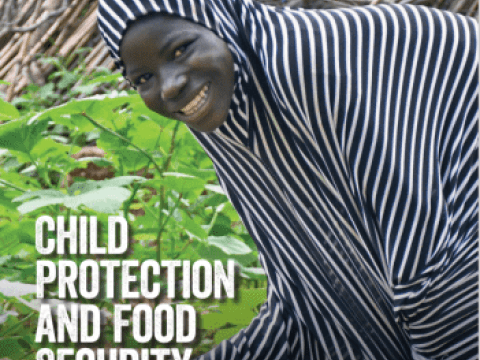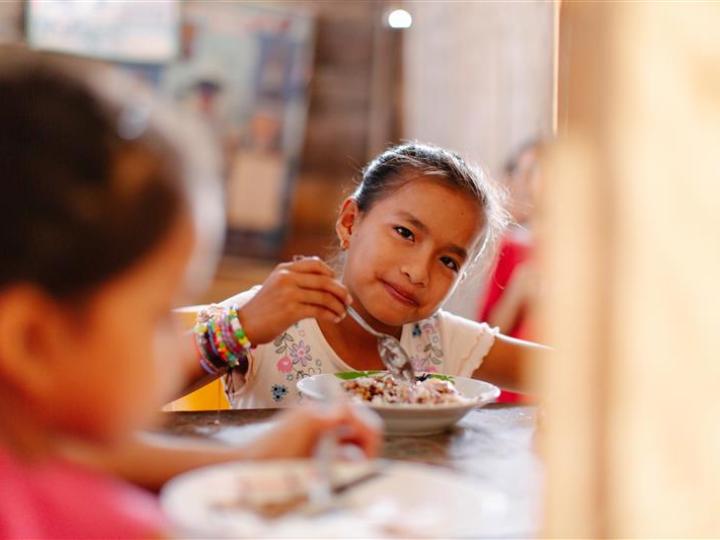
Protecting Children Where Hunger Strikes: Why Integration Matters
When food runs out, children face hunger and more. They face a world of risks—violence, exploitation, and neglect.
At World Vision, we believe no child should have to choose between survival and safety. That’s why we’re championing integrated approaches that protect children while addressing their most basic needs, because children deserve to thrive, not just survive.
The Link: Hunger & Harm
There is a, two-way connection between food insecurity and child protection risks. When families can’t meet basic needs like food, children are more vulnerable to harmful coping strategies—child labour, early marriage, and neglect. In fact, children in food-insecure households are up to six times more likely to experience violence at home. But the cycle doesn’t stop there. Households already affected by violence or abuse are also more likely to face food insecurity, creating a generational cycle of vulnerability.
From child labour to early marriage, the risks to children multiply when food is scarce.
Our Approach: Integration for Impact
At World Vision, we see the whole child. That means addressing both their physical and emotional needs. By embedding child protection into every layer of food security—availability, access, stability, and utilisation—we create programmes that protect and empower.
We’re taking action by:
The Result: Children Who Thrive
Our evidence indicates that integrating food security and child protection has a transformative impact. Children are not only shielded from hunger—they are protected from harm, supported to grow, and empowered to reach their full potential.
Together, we can break the cycle because every child deserves to live in safety, dignity, and hope.
Child Protection Meets Food Security: 18-year-old Nyamach’s Call for Integration
53rd Plenary Session of the Committee on World Food Security (CFS 53)
At the 53rd Plenary Session of the Committee on World Food Security (CFS 53), World Vision and partners will host a high-level side event: “From Saving Lives to Building Futures: Best Practices in Integrating Child Protection and Food Security Across the Humanitarian–Development Nexus.”
This side event will:
- Highlight the evidence linking food insecurity and child protection risks.
- Showcase good practices from countries like Bangladesh, the Central African Republic, South Sudan, and World Vision’s pilot countries.
- Introduce technical tools co-developed by World Vision, Plan International, the Global Food Security Cluster (gFSC), and the Global Child Protection Area of Responsibility (CP AoR) to support integrated program design and evaluation.
- Elevate the voices of children, including a testimony from a young person directly impacted by integrated interventions.
